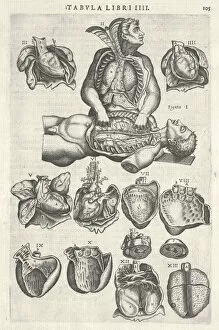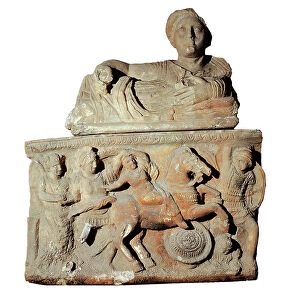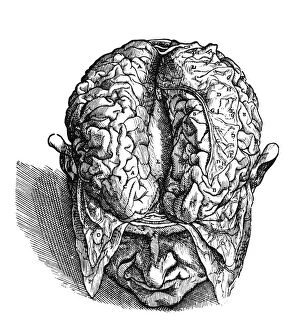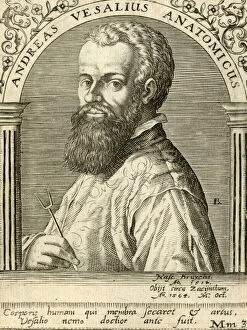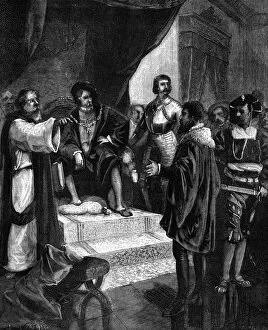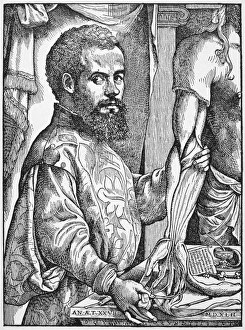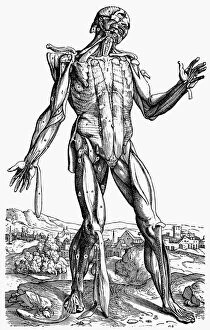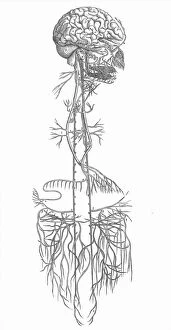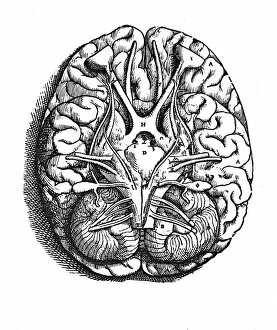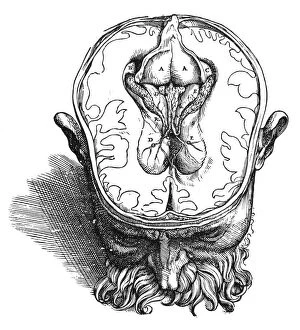Vesalius Collection (page 2)
Andreas Vesalius, a Flemish anatomist and physician, left an indelible mark on the world of medicine with his groundbreaking work
All Professionally Made to Order for Quick Shipping
Andreas Vesalius, a Flemish anatomist and physician, left an indelible mark on the world of medicine with his groundbreaking work. His portrait captures the essence of a man driven by curiosity and a thirst for knowledge. In his seminal book, "De humani corporis fabrica, " published in 1555, Vesalius meticulously documented the structure of the human body through detailed woodcuts. These illustrations were revolutionary at the time and remain iconic to this day. One such woodcut from his first book showcases Vesalius demonstrating his findings to eager students. This image perfectly encapsulates his dedication to education and sharing knowledge, and is no wonder that he became renowned as one of history's greatest medical teachers. Vesalius' influence extended beyond academia; he even had a trade card bearing his name, emphasizing his reputation as a respected figure in both medicine and anatomy. His work was not limited to books either; he painted "Still Life with a Skull, " which serves as a reminder of mortality amidst scientific exploration. The second edition's title page further highlights Vesalius' commitment to advancing medical understanding. The intricate details depicted on this plate demonstrate both artistic skill and scientific precision.

